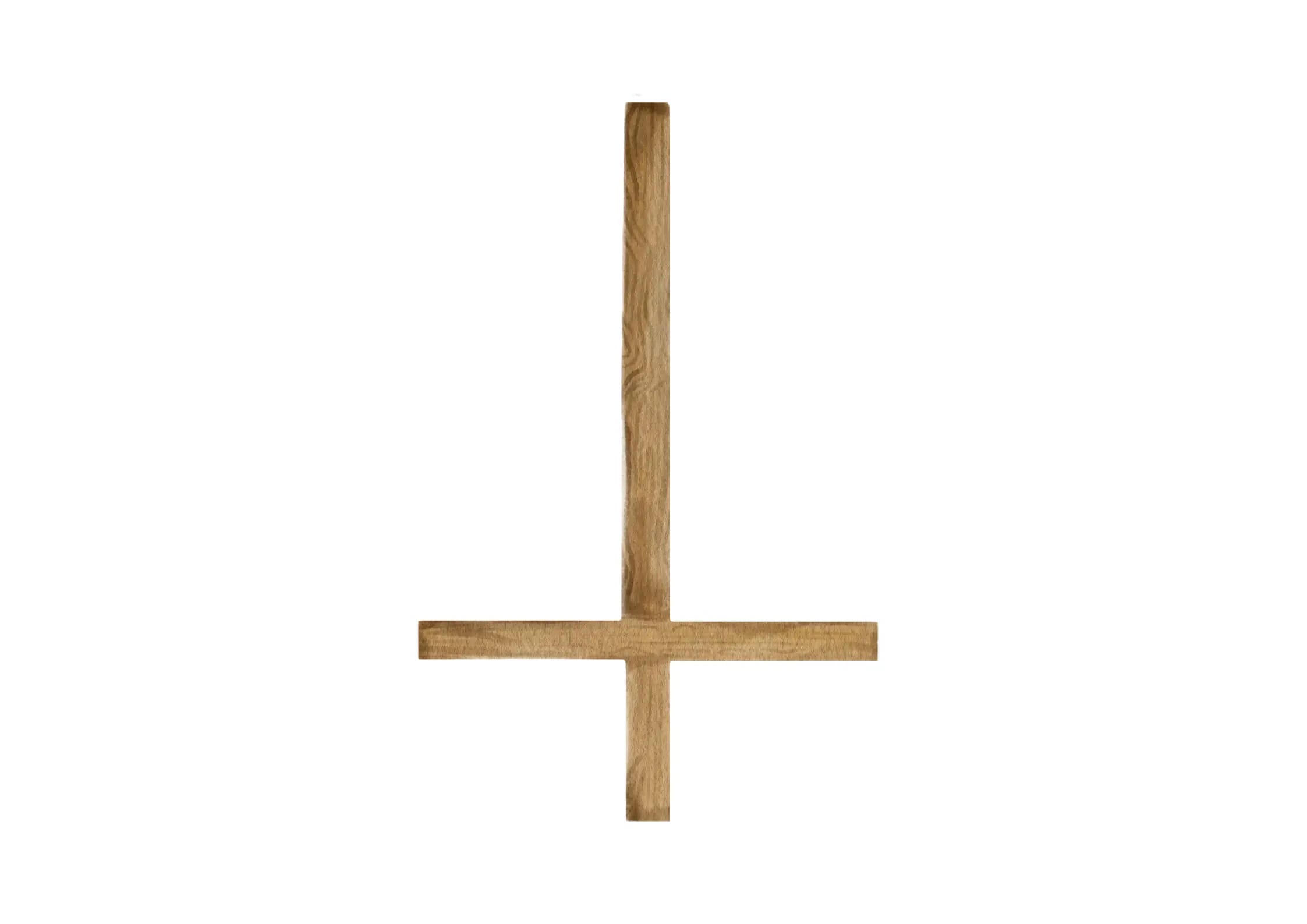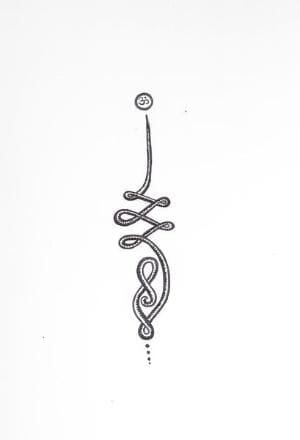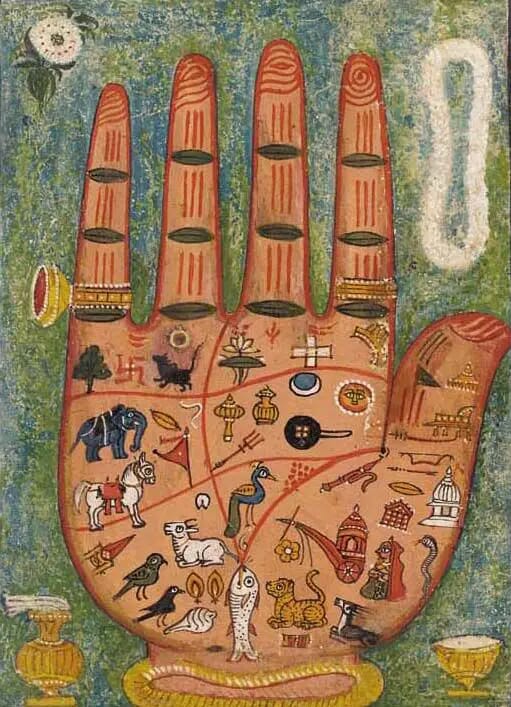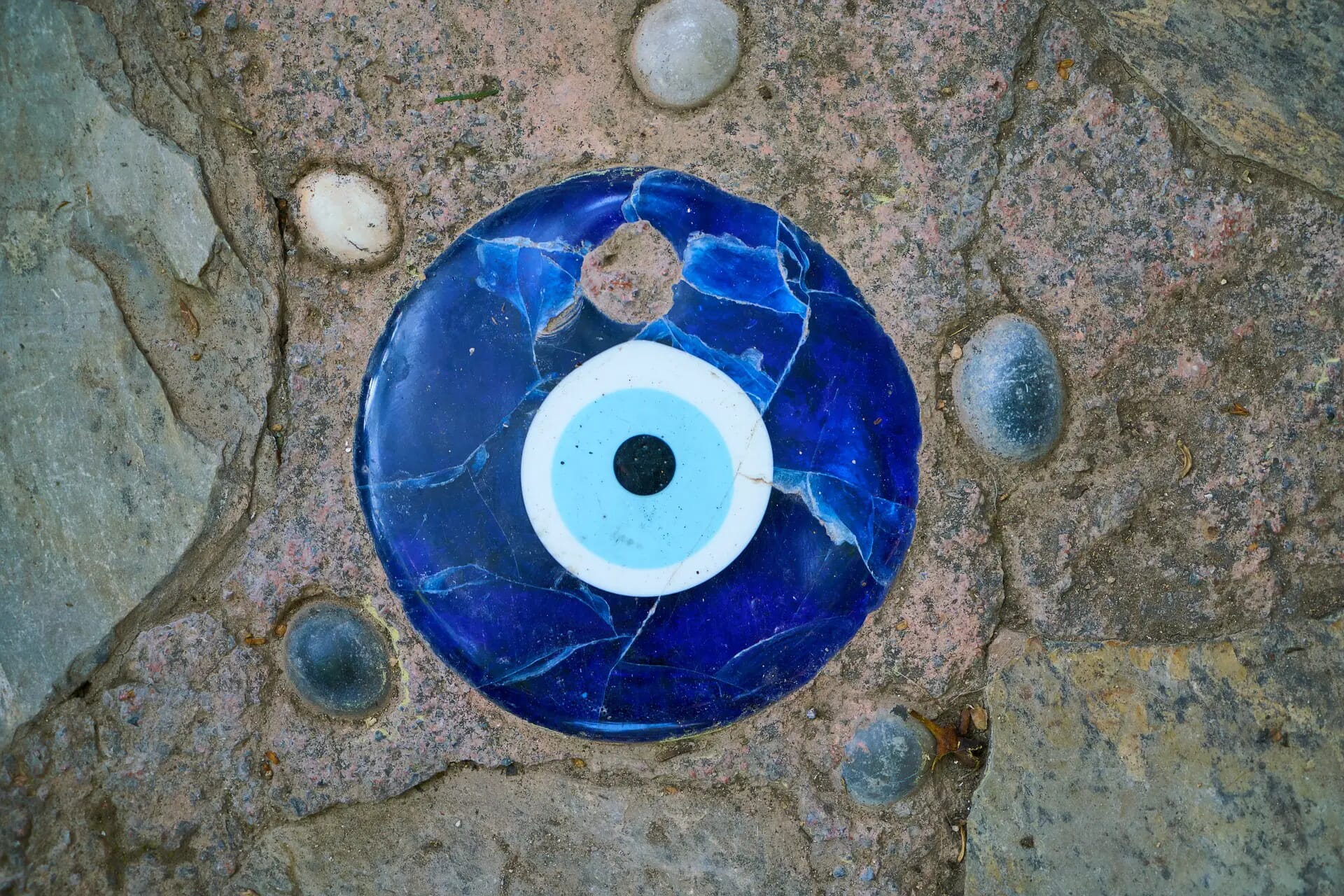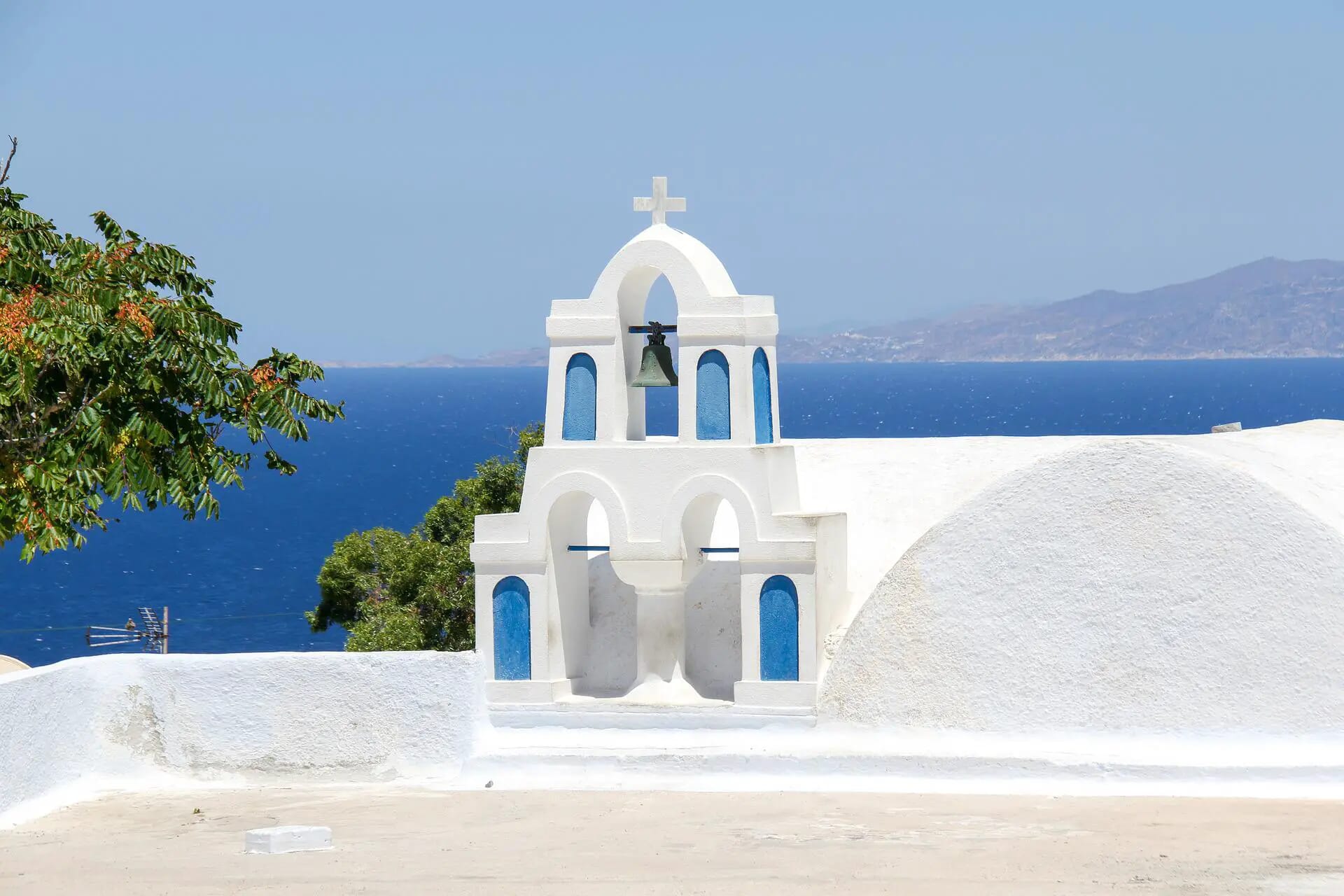Last Updated on December 19, 2023
Delving into the intriguing realm of symbolism , our exploration unfolds the enigma behind the upside-down cross meaning.
This iconic symbol, often associated with controversy and misconceptions, invites us to confront our preconceived notions and explore the profound meanings it holds.
From historical roots to cultural contexts, we embark on a journey to demystify the symbolism that has captured imaginations for centuries.
Join us as we unravel the layers of mystery, challenge assumptions, and rediscover the upside-down cross, not as a mere emblem of rebellion, but as a symbol that carries diverse and nuanced meanings in our collective consciousness.
Key Takeaways
- Christian Symbolism: Traditionally linked to Saint Peter’s crucifixion as a sign of humility.
- Rebellion: Used as a symbol of defiance or anti-Christian sentiment, challenging religious norms.
- Occult Associations: Linked to occultism and Satanism, symbolizing opposition to Christianity.
- Fashion and Pop Culture: Adopted for aesthetic appeal or edginess, often devoid of religious meaning.
- Artistic Expression: Utilized by artists and musicians for visual impact and thematic exploration.
- Personal Interpretation: Subjective meaning, representing personal rebellion or provocative statements.
- Inversion of Symbolism: Challenges established meanings by inverting a familiar religious symbol.
The Upside Down Cross Origin
| Period | Key Events and Changes |
| Early Centuries | Origin as a symbol of Saint Peter’s crucifixion |
| 19th Century | Association with anti-Christian sentiments |
| Contemporary Period | Dual significance – Catholic and anti-Christian |
While many people mistakenly believe that the upside-down cross represents satanism or anti-Christian attitudes, this is not the case (or was not the case).
The inverted cross became a symbol of Christianity and St. Peter, one of Jesus Christ’s Twelve Apostles, also known as Peter the Apostle, Simeon, Simon, Simon Peter, and Cephas, who was the first Bishop of Rome, or Pope.
Upside-down is the position of Saint Peter’s hanging as requested; when he had to be crucified on the orders of the Roman Emperor Nero. According to several written records by Christian theologians and scholars such as Origen of Alexandria and Eusebius of Caesarea.
It’s is possible that Saint Peter made this request because he didn’t think he deserved to suffer death in the same manner as Jesus Christ, the Savior. As a result, the symbol became known as the Saint Peter’s Cross.
RELATED: Cross Types, Symbolic Meaning, and Cultural Significance Through History
The Upside Down Cross Symbolism
| Interpretation | Characteristics |
| Traditional Catholic | Symbol of humility and St. Peter’s love for Jesus Christ |
| Contemporary | Associated with anti-Christian ideologies |
| Occult | Linked to Satanism and opposition to Christianity |
Inverted Cross In Catholicism
The inverted cross holds significance in Catholicism, symbolizing humility and St. Peter’s love and respect for Jesus Christ.
Petrine Cross On The Pope’s Chair
The back of the Pope’s chair features an upside-down cross known as the Cross of Saint Peter or Petrine cross. In Catholic tradition, it represents the papacy and signifies the Pope as the successor of Saint Peter.
Historical Context Until 19th Century:
Until the early 19th century, the upside-down cross had no negative connotations or alternative meanings within Catholicism.
Transformation Into An Anti-Christian Symbol
Subsequently, the inverted cross took on new meanings and became associated with anti-Christian sentiments and, potentially, satanism.
Evolution Of Symbolic Interpretation
The transformation of the symbol from a representation of humility to one associated with opposition to Christianity occurred over time.
Dual Significance In Contemporary Context
Today, the inverted cross carries both its traditional Catholic significance and a more recent association with anti-Christian ideologies, reflecting a complex evolution of symbolic interpretation.
Apostle Peter
Simon was one of Christ’s twelve apostles. John’s son who worked as a fisherman at Capernaum alongside St. John, James, and Andrew. Jesus Christ often mentions one of the three disciples.
For the Aramaeans, he was named Cephas, while for the Greeks, he was named Petros. These are referred to as “rocks.” After Christ, he served as a spokesperson or leader for the apostles.
Finally, he was given the keys to Heaven, making him the first Pope to lead the inverted cross. A symbol of the Saint Peter Cross is used in the Roman Church, and it’s a part of Catholic tradition.
Keys to Salvation
God’s teachings are the keys to Heaven. Christ meant this when he said to Peter, “I will give you the keys of the heavenly kingdom …”. Jesus taught his pupils God’s commands in more detail than those found in the Old Testament.
Christ’s main thoughts are love and compassion. You will be kind and forgiving to your enemies if you love God. Everything you do is an expression of your devotion to God. You will only be worthy to enter the Heavenly gates if you do so.
When you examine the inverted cross more attentively, it resembles a key. The plan of Vatican city’s landscape is to feature a keyhole and an inverted cross.
Saint Peter’s Basilica
The Pope’s residence is located in Vatican City. It is the smallest country in the world to be led by the Pope.
Saint Peter was also buried here, beneath the old St. Peter’s church that King Constantine built once the Christians were no longer persecuted.
When you look from the top at Vatican City, Saint Peter’s Basilica lies in the heart of an inverted cross-shaped construction that looks like a key, while Saint Peter’s Square looks like a keyhole.
Some conspiracy theorists wonder if this was part of the city’s original design or if it has something to do with the significance of the inverted cross, which indicates that Saint Peter holds the key to eternal life in heaven.

Inverted Ankh Symbols
Recognizing Ankh as a forerunner of the Latin cross. It has a Tau cross underneath a round top. The ankh, which is upside down like a key on engravings, supposing it to be the key to eternal life.
It also resembles the Cross of Saint Peter or Petrine cross with a key holder that has the same symbolism as the key to the kingdom of heaven if you look closely.
RELATED: Infinity Symbol: Origins, Meaning and Spiritual Significance
Inverted Crosses on a Cathedral Door
| Context | Significance |
| Saint Peter’s Crucifixion | Position of Saint Peter’s hanging; Symbol of humility |
| Pope’s Chair | Represents the papacy and the Pope as the successor of Peter |
| Historical Context | No negative connotations until the 19th century |
According to the Bible, the way to heaven is narrow and difficult to navigate. Jesus is the one way to salvation, and we can only get into paradise if we go through him.
So, what is Saint Peter’s function? An inverted cross on a door symbolizes St. Peter protecting the entryway with his keys.
He would provide the key to those who asked for it because the door would only open to those who had led a compassionate and humble life and had a genuine faith that could be seen in their deeds. This is similar to how St. Peter lived his life before being martyred for being God’s follower.
RELATED: Hamsa Hand Symbol and Meaning Guide
Inverted Crosses as Symbols of the Devil or Anti–Christ
Popularization In Popular Culture
The inverted cross gained notoriety as a symbol of satanism in contemporary popular culture, primarily due to its portrayal in TV shows and movies.
Occult Associations In The 19th Century
Historically, the Cross of Saint Peter or Petrine cross, when inverted, was first associated with occult practices around the 19th century. Eugene Vintras, a Christian revivalist, played a significant role in this transformation.
Eugene Vintras And Occultism
Vintras, claiming to be the reincarnation of the Prophet Elijah, used the inverted cross in his occult practices. Accusations of perverse acts, Black Masses, and demonic rituals led to his denouncement by the Pope and a prison sentence.
Symbolic Transformation
Eliphas Levi, a prominent French occultist, linked Vintras’s use of the Petrine cross to satanic inclinations, contributing to the symbolic transformation of the inverted cross.
Occult Symbol In Horror Movies
Horror movies since the 1960s, including “Rosemary’s Baby,” “The Amityville Horror,” “Paranormal Activity,” and “The Conjuring” franchise, depicted the inverted cross as a symbol of Satan and anti-Christ.
Contemporary Satanic Symbolism
Satanists now use the upside-down cross as an identifier and a representation of their faith. In popular perception, it is more commonly associated with Satan and demonic rituals than its original Catholic symbolism.
Musical And Artistic Use
Some black metal and heavy metal bands incorporated the symbol on album covers and artwork, aligning with anti-Christian themes. Musician Glen Benton notably branded the Petrine cross on his forehead as a symbol of his anti-Christian views.
Symbol Of Illuminati
The inverted cross on the right-hand side of the box positioned amid the six-pointed star is a symbol of the widely contested black magic organization known as the Illuminati.
The Star of David is not the same as the Catholic Star of David. This is also where the controversy emerges because opposing parties also use some religious symbols.
It could be a technique to tarnish the religion’s validity by portraying them as anti-Christs in the appearance of a pastor who guides the road to salvation.
On the other hand, according to the Illuminati Secret Society, the inverted cross makes a mockery of Christ while also rejecting him as a savior.
RELATED: Everything You Should Know About Eight-Pointed Stars
Petrine Cross Not an Accessory
The Pope said that religious symbols like the Latin cross or the Petrine cross is not be use as ornaments but as sacred artifacts to care for and treasured. Believing a cross represents Christ’s love for us, and that it is calling us to reform and live lives that glorify God. Therefore, it is considered holy by the Christian faith, and using it as a fashion accessory would be disrespectful to Christ, which would also be hurtful to God himself.
What is the meaning of an upside-down cross?
The Cross of Saint Peter or Petrine cross, often known as an upside-down cross, is a symbol with a long history and many different interpretations. An upside-down cross is just a reversed Latin cross, such that the crosspiece is closer to the bottom than the top, as the name implies. When you hang the person, the position of the head is down.
Owing to an ancient legend that the experience of Saint Peter is the upside-down kind of crucifixion, so as a regard for a long time, a Christian symbol.
Upside-Down Cross In Modern Symbolism
Recently adopted as a symbol of atheism, the occult, and humanism, the upside-down cross has gained popularity, especially among black metal bands who use it to emphasize alleged Satanism.
Occurrence In Horror Films And Everyday Items
Horror films frequently feature upside-down crosses, and this occult symbol is now found on tattoos, pendants, t-shirts, serving as a logo. Accompanied by phrases like “There Is No God” or “Black Mass,” it is often used to declare opposition to Christianity.
Anti-Christian Symbolism
In secular contexts, turning the cross upside-down is a powerful anti-Christian statement. It denies Christ’s divinity and mocks His sacrifice, using the symbol to represent opposition to Christianity and align with devil worship or satanism.
Dual Meanings In Different Contexts
The interpretation of the upside-down cross varies depending on the situation. In a church setting, it likely refers to Saint Peter and the manner of his death. In contrast, in anti-Christian or secular contexts, it is frequently used to symbolize opposition to Christianity, representing the devil and satanism with the inverted cross.
Is an Upside-Down Cross Related to Jesus Christ?
The inverted cross, devoid of a corpus, serves the Church as a symbol of Saint Peter, not Christ, reflecting his crucifixion.
The Pope, as Peter’s successor, adopts this symbol to honor Peter’s humility and heroic sacrifice. Unlike an upside-down crucifix, an inverted cross lacks sinister connotations, serving to subvert and invert its meaning.
It’s crucial to distinguish between a Latin cross and a crucifix; the latter includes a representation of Jesus. While an inverted crucifix is deemed insulting, a simple inverted cross does not carry the same negative connotations.
REALTED: Evil Eye: Everything you Need to Know About the Meaning and Protection
Why Should You Buy an Inverted Cross?
The lovely connotation alone should be enough to persuade you to purchase an inverted cross for yourself.
From Christianity to Buddhism, every religion teaches the importance of living a humble life. We are all mortals who have no idea what the future holds. According to the Bible, we all came from dust, and we will all return to dust when the time comes for us to depart this mortal world.
Christ possessed all of the godlike abilities; he could have blown air to escape the soldiers pursuing him, but he chose death instead.
Frequently Asked Questions
What does the upside-down cross symbolize in different contexts?
The meaning of the upside-down cross varies based on context. In the Church, it traditionally represents Saint Peter, while in anti-Christian or secular settings, it can symbolize opposition to Christianity, devil worship, or satanism.
Is the upside-down cross always associated with anti-Christian sentiments?
No, the inverted cross, particularly when used in a religious context, symbolizes Saint Peter and his crucifixion. It’s the absence of a corpus (body of Christ) that distinguishes it from an inverted crucifix associated with more negative connotations.
Why does the Pope use the upside-down cross?
As Peter’s successor, the Pope uses the upside-down cross as a reminder of Saint Peter’s humility and heroic crucifixion. In this religious context, it carries a positive and honoring significance.
How does an inverted crucifix differ from a simple inverted cross?
An inverted crucifix is considered insulting as it inverts the representation of Christ on the cross. In contrast, a simple inverted cross, without a corpus, lacks the negative connotations associated with the inverted crucifix.
Are there instances of the upside-down cross in popular culture?
Yes, the upside-down cross has found its way into popular culture, often appearing in horror films, tattoos, pendants, and as a logo. It is frequently associated with phrases that express opposition to Christianity.
Does the inverted cross have historical roots in the Church?
Yes, the Church historically used the inverted cross to symbolize Saint Peter, referencing the manner of his crucifixion. It is a symbol of humility and sacrifice within the religious context.
Is the upside-down cross always considered sinister?
No, in its original religious context, the upside-down cross is not sinister. It is the deliberate inversion of the crucifix or its use in anti-Christian symbolism that adds sinister connotations.
How does an inverted cross relate to Latin crosses and crucifixes?
An inverted cross lacks the representation of Jesus (corpus) and is distinct from a crucifix. The distinction is essential in understanding the varied meanings associated with these symbols.
- Affirmations - January 26, 2023
- 22 Most Popular Viking Symbols (Norse Mythology) - August 3, 2022
- Vegvisir Symbol (Norse Mythology And Modern Times) - July 29, 2022

